Mastering Kitchen Safety: Advanced Strategies to Shield Your Hands While Cooking and Cleaning
This post contains affiliate links.
Use Playtex gloves for washing dishes, choose cut-resistant gloves for food prep, and opt for transparent gloves for on-camera work.
As a food photographer, my life revolves around the kitchen. Not only am I constantly experimenting with new recipes to capture the perfect shot, but my hands are as much a part of my work as my camera. They're my most valuable tools, involved in everything from meticulously styling dishes to the rigorous clean-up afterward. And because they often end up in front of the lens, either holding a spoon dripping with the latest concoction or presenting a plate in just the right light, keeping them in top condition is a professional necessity. This is just one aspect of the broad spectrum of skills and considerations that come with food photography, from mastering 5 Tips for Food Photography Modeling to choosing the Four Filters for Food Photography that can make or break a shot.
Unlike many, I tend to wash most of my dishes by hand. The delicate props I use—those beautiful plates and antique silverware that add so much character to my shots—could easily be damaged in a dishwasher. Small scratches or a bit of wear and tear might not be noticeable to the casual observer, but through the lens of a high-resolution camera, they're glaring imperfections. This attention to detail extends beyond just the props to every part of my setup, as I've shared in my guide on Storing Backgrounds for Food Photography and creating a DIY Kitchen Backdrop for Food Photography.
However, the journey I've taken to protect my hands, the practices I've adopted, and the products I've come to rely on aren't exclusive to those of us behind the camera. These tips and tricks are invaluable for anyone who finds themselves navigating the culinary challenges of the kitchen. Whether you're balancing being a Stock Photographer Mom, uncovering Stock Photography Secrets, managing the Costs of Starting a Stock Photography Business, or exploring What to Photograph for Stock Photography, the need to protect and care for your hands is a universal challenge.
I've explored everything from the best dishwashing gloves to the most effective moisturizers, and even adapted techniques from fields as far afield as boxing to keep my hands safe and camera-ready. This exploration of care and protection is part of a larger narrative on efficiency and creativity in our work, whether through Storage Systems for Photography and Videography or discovering 5 Ways To Make Money With Food Photography and Videography. Join me as I share the essential practices and products that have become integral to my routine, ensuring that my hands, and yours, remain as prepared for their next task as the dishes we create.
Protecting Hands When Washing Dishes
In the world of food photography, where every detail counts, washing dishes is as much a part of my routine as setting the perfect shot. However, protecting my hands is paramount—not just for the sake of appearance, but to maintain the dexterity and comfort needed for my meticulous work. That's why I've chosen PLAYTEX gloves, renowned for their thickness and durability, tailored specifically for rigorous dishwashing tasks. These gloves are my first line of defense against hot water and harsh detergents, ensuring my hands stay protected and comfortable.
But safeguarding my hands doesn't stop with gloves. I've incorporated a specific hand cream into my daily routine, applying it generously after each wash. This practice is not just about combating dryness; it's about keeping my hands soft and camera-ready, an essential aspect of my profession.
Moreover, I've fine-tuned my approach to dishwashing to further protect my hands. I prefer using lukewarm water to avoid the stress of extreme temperatures on my skin and gloves. Regular nail care also plays a critical role in my hand health, preventing the uncomfortable snags and breaks that can interrupt a busy day of shooting and cooking.
This comprehensive hand care regimen is a testament to my dedication to my craft. As a food photographer, my hands are as crucial as any tool in my kit, and maintaining their health is a priority that enables me to create, cook, and capture the beauty of food without restraint.
Adapting Boxing Hand Protection Techniques for Kitchen Safety
At first glance, the worlds of boxing and culinary arts might seem worlds apart, yet they share a crucial commonality: the imperative to protect your hands. Just as boxers wrap their hands and don protective gloves to absorb impacts and prevent injuries, I've adopted a similar approach in the kitchen to safeguard against cuts and burns. When I'm prepping ingredients off camera, I opt for solid color disposable gloves. These gloves provide me with the confidence to handle a wide array of tasks without concern for my hands' safety.
However, when my hands need to be on camera, working with messy foods or performing delicate tasks that require a visible touch of authenticity, I switch to transparent gloves. This allows viewers to see my hands in action, maintaining the visual connection and authenticity of the cooking process, all while ensuring I stay protected.
In addition to selecting the right type of gloves for the task at hand, I've also embraced the use of ergonomically designed knives and pans with silicone grips. These tools significantly reduce the strain on my hands and wrists, mirroring the protective intention behind a boxer's hand wraps but tailored for the culinary arena.
This blend of protective gear and ergonomic tools reflects my commitment to maintaining the highest safety standards in the kitchen, whether I'm behind the camera crafting the next shot or in front of it, demonstrating the beauty of cooking. It's a testament to the innovative ways we can cross-apply techniques from seemingly unrelated fields to enhance our practices and protect our most valuable assets—our hands.
Special Considerations for Dishwashers
As a food photographer, my shoots often culminate in more than just stunning images; they also leave behind a significant stack of dishes. The constant cycle of washing, coupled with the exposure to water and detergents, can be quite harsh on my hands. Just as I meticulously care for my camera and lenses, I've learned the importance of extending that same care to my hands. After all, they're not just part of my work; they're crucial to my craft.
Understanding the toll that dishwashing can take, I've made hand care a non-negotiable part of my routine. I always wear gloves while washing my dishes and props to protect my skin from the drying effects of water and harsh cleaning agents. This practice is integral, not only for keeping my hands safe but also for ensuring that the very tools of my trade—my hands—remain in top condition. Additionally, I always keep a rich moisturizer close by—choosing formulas specifically designed for deep hydration. Before even starting on the dishes, I apply a barrier cream, creating a protective layer that helps mitigate the effects of prolonged exposure to water and chemicals.
For anyone spending a significant amount of time at the sink, whether you're a fellow food photographer cleaning up after a shoot or anyone who values the well-being of their hands, adopting this approach is a game-changer. It’s not just about keeping your hands soft and supple; it’s about preserving the tools of your trade, ensuring they remain as ready and resilient as you are.
The Importance of Proper Hand Hydration of Skin
Hydrating my skin goes beyond just looking good; it's essential for keeping my skin's barrier robust, especially important in my line of work as a food photographer. The risk of my hands drying out, leading to cracks and potential infections, is something I can't afford, especially when handling food for shoots.
I've made it a priority to include hyaluronic acid serums and rich hand creams in my daily routine to address this. These products help maintain moisture, keeping my skin supple and preventing the formation of dry patches that can lead to bigger issues.
Moreover, I understand the significance of internal hydration for skin health. Drinking ample water is a key part of my strategy to ensure my skin stays hydrated from the inside out. This isn't just about professional needs; it's a personal commitment to the well-being of my hands, ensuring they remain in top condition for my work.
Cooking Hacks
Keeping my hands safe in the kitchen involves more than just wearing gloves; it's about embracing comprehensive strategies, from selecting the right care products to understanding the unique challenges of culinary tasks. In this journey, I've shared insights from my personal routines for hand protection, as detailed in my posts on DIY Kitchen Backdrop for Food Photography and Food Photography Business Tools, highlighting the measures I take to shield my hands from the wear and tear of dishwashing and food preparation.
Additionally, the unexpected benefits of boxing hand care techniques have significantly influenced my approach to kitchen safety, a topic I've explored alongside other protective strategies in 5 Ways To Make Money With Food Photography and Videography and Storing Backgrounds for Food Photography. These insights have been crucial in preventing injuries, ensuring my hands remain in top condition. For me, integrating these practices is not just about meeting a professional requirement; it's a commitment to preserving my most valuable tools, as elaborated in The Costs of Starting a Stock Photography Business and What to Photograph for Stock Photography.
Food Photography & Video Tips from My Studio
Here’s a peek at the tools, gear, and camera setups I use to film my recipe videos and photograph food at home. Over the years, I’ve tested dozens of different setups, and now I’m sharing what actually works for me—whether I’m filming overhead shots for YouTube or styling still photos for my blog. If you’re curious about how I create the content you see here, these posts are a great place to start.


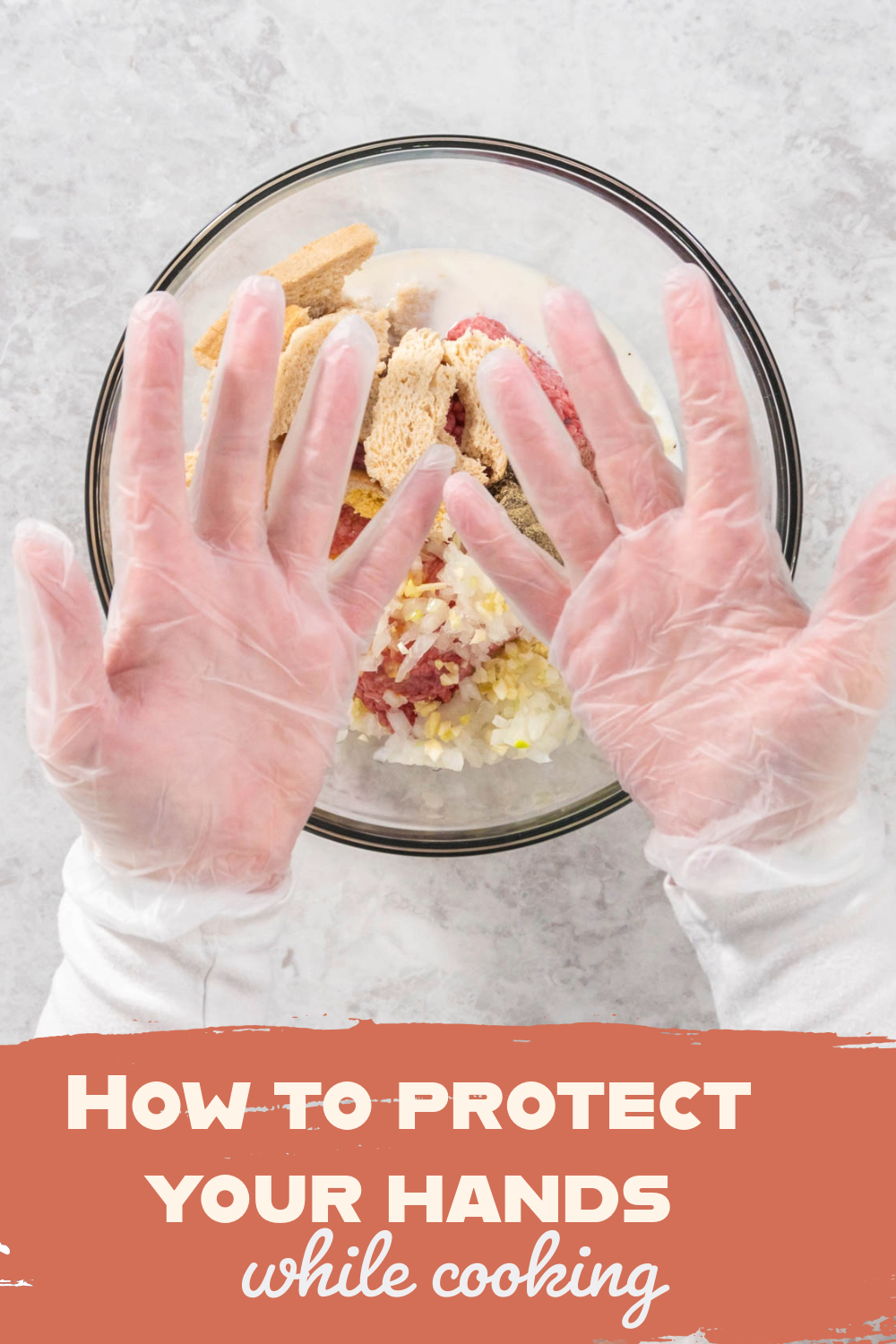
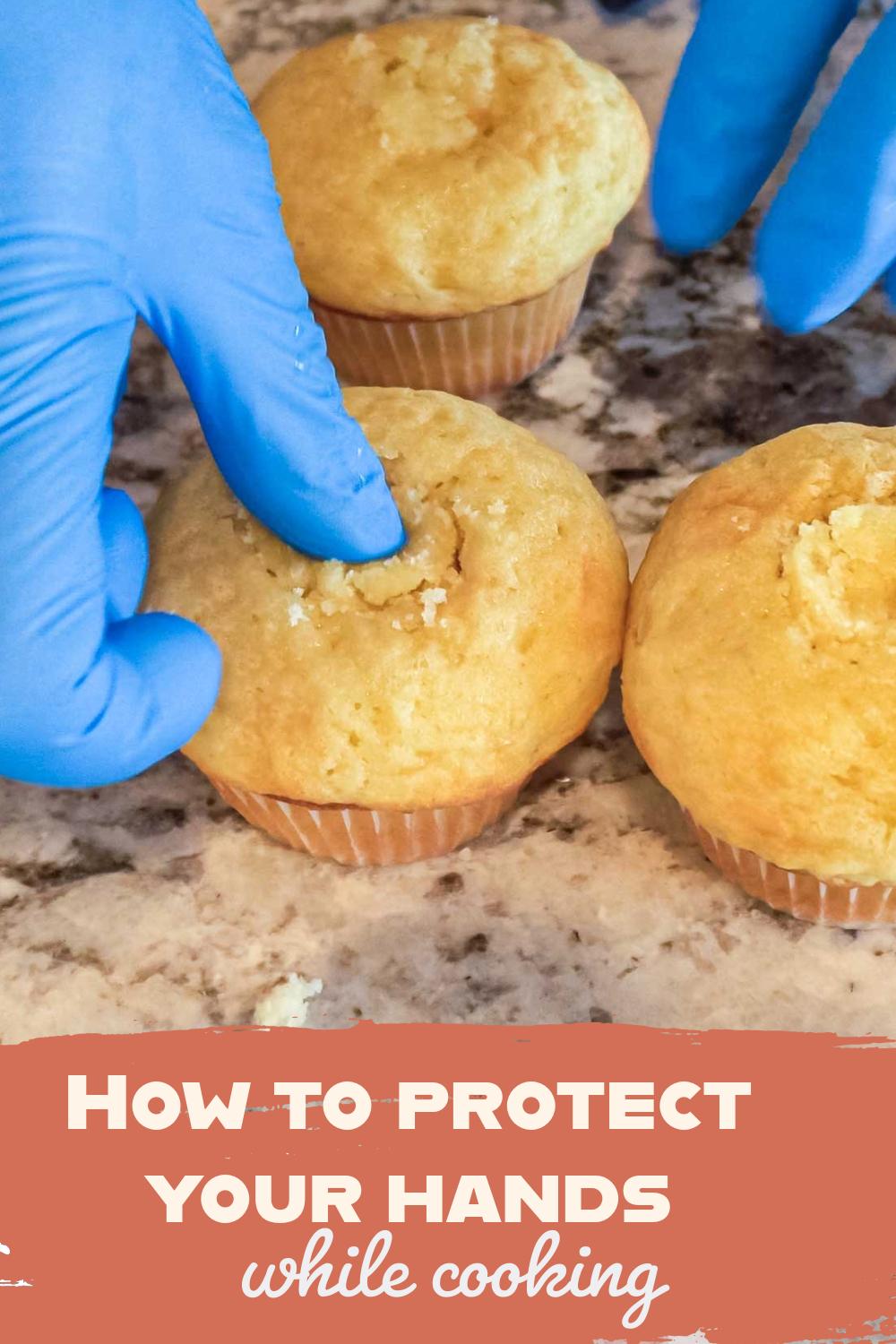

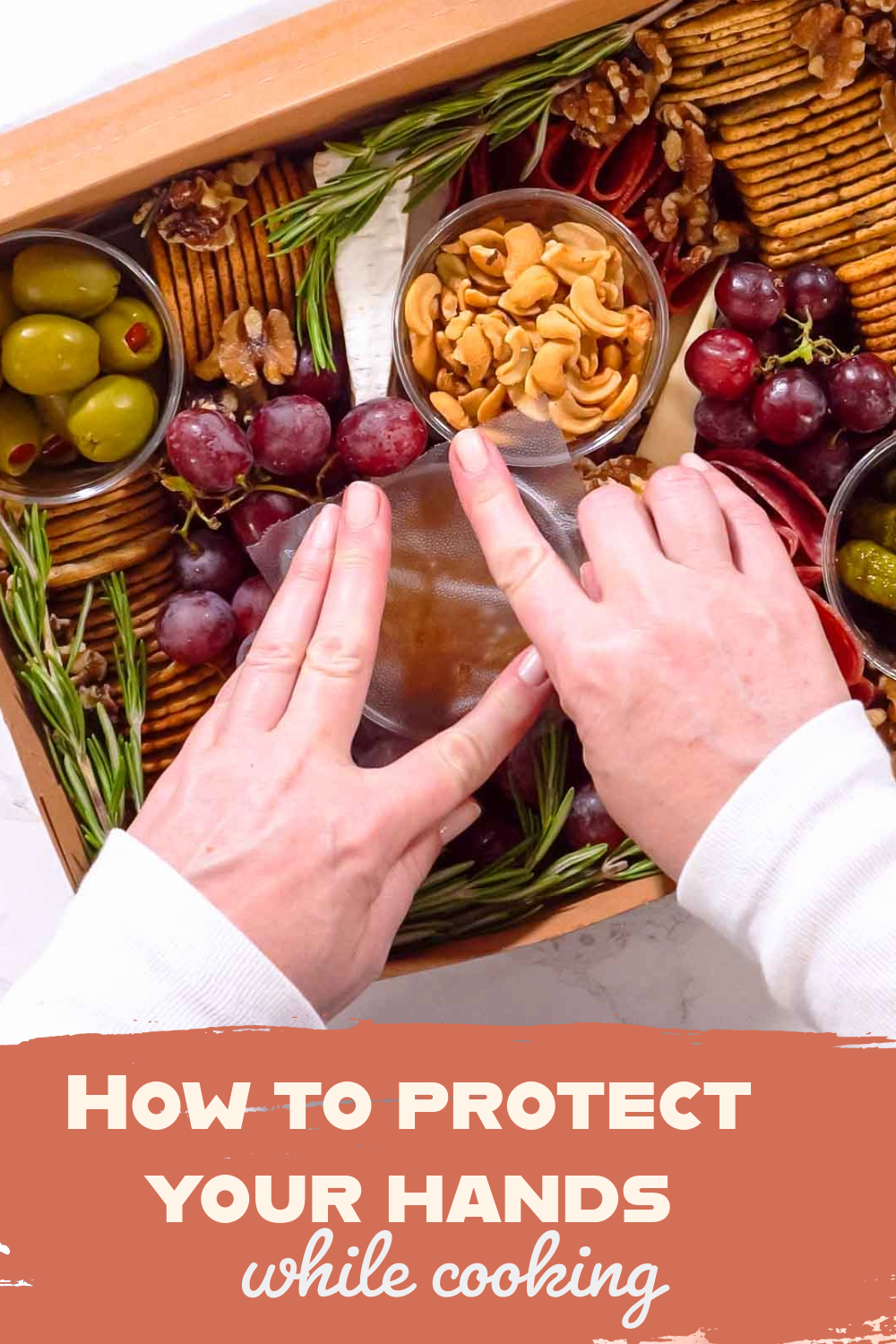
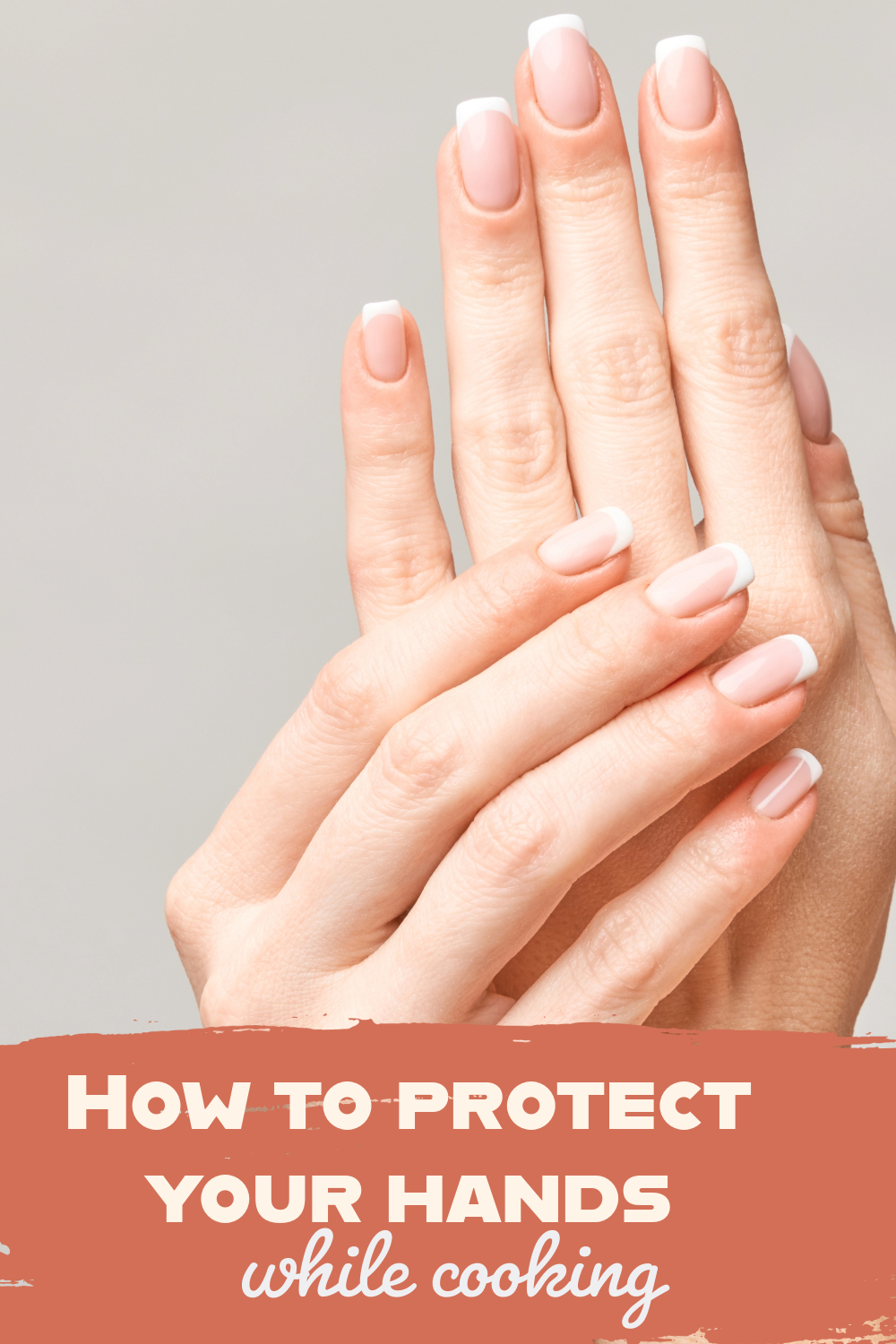

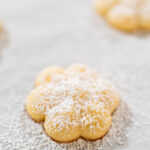

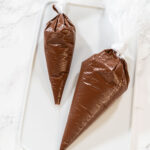


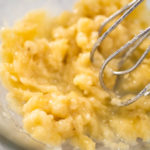

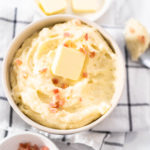
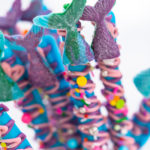
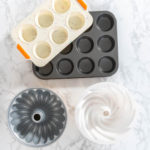



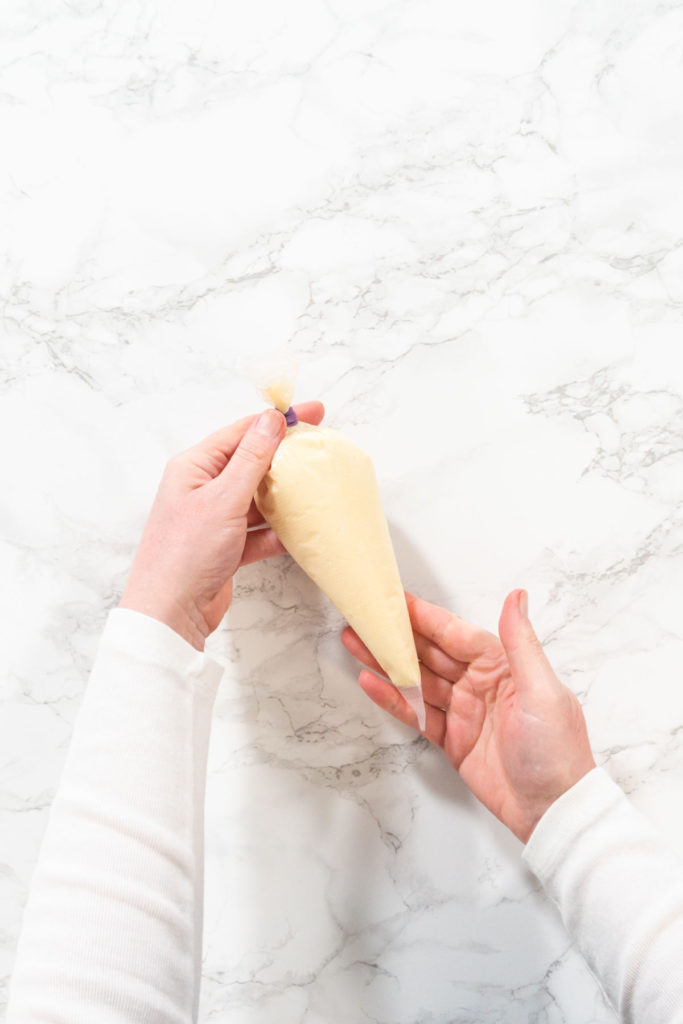
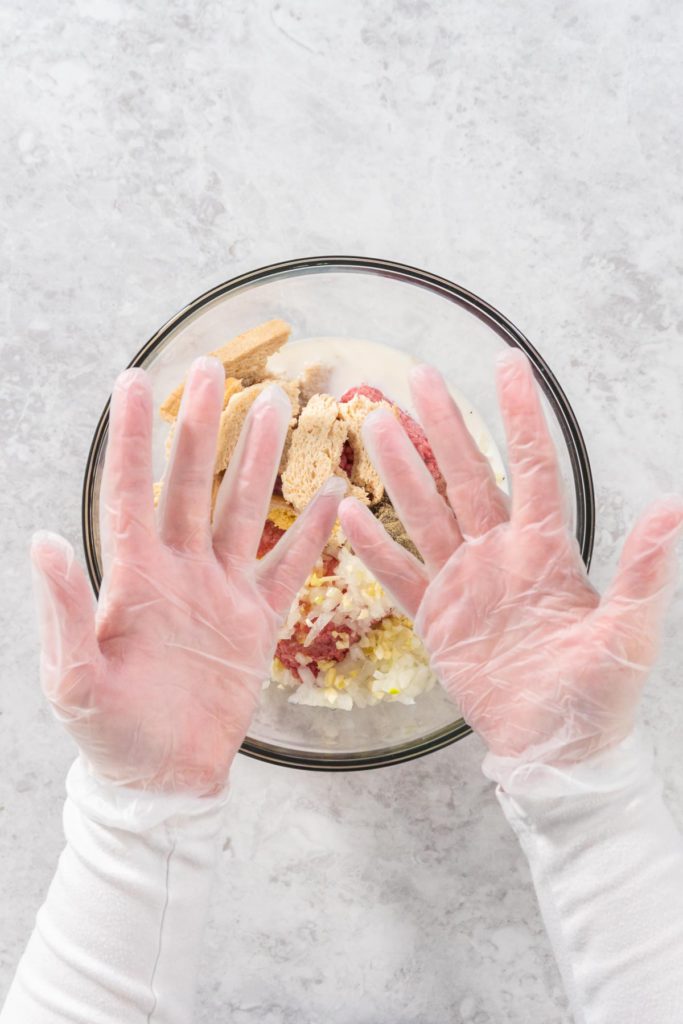
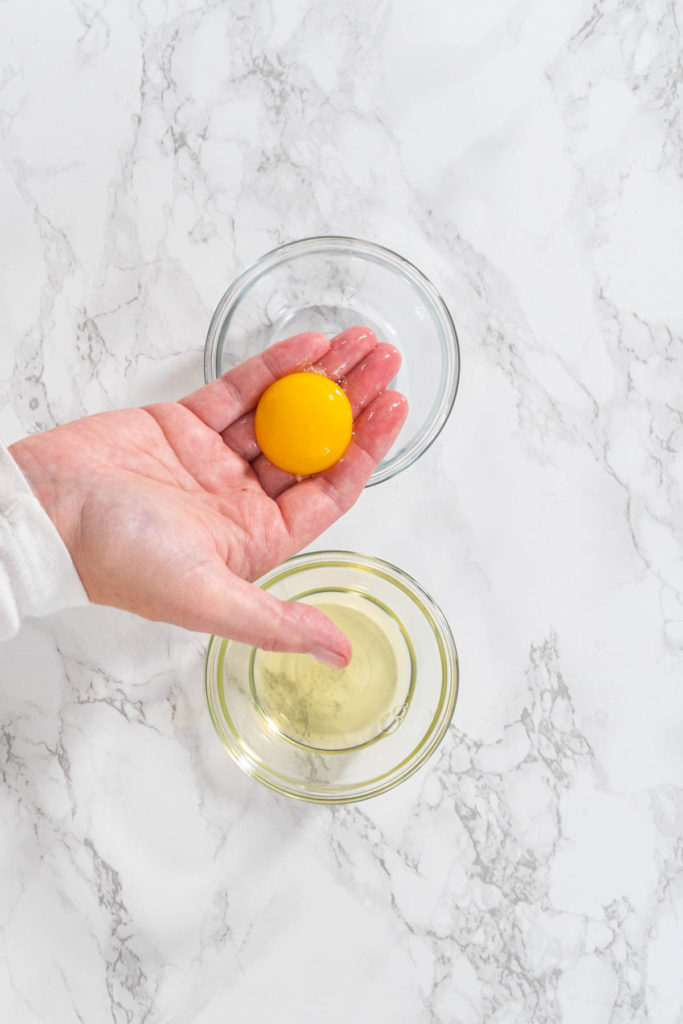

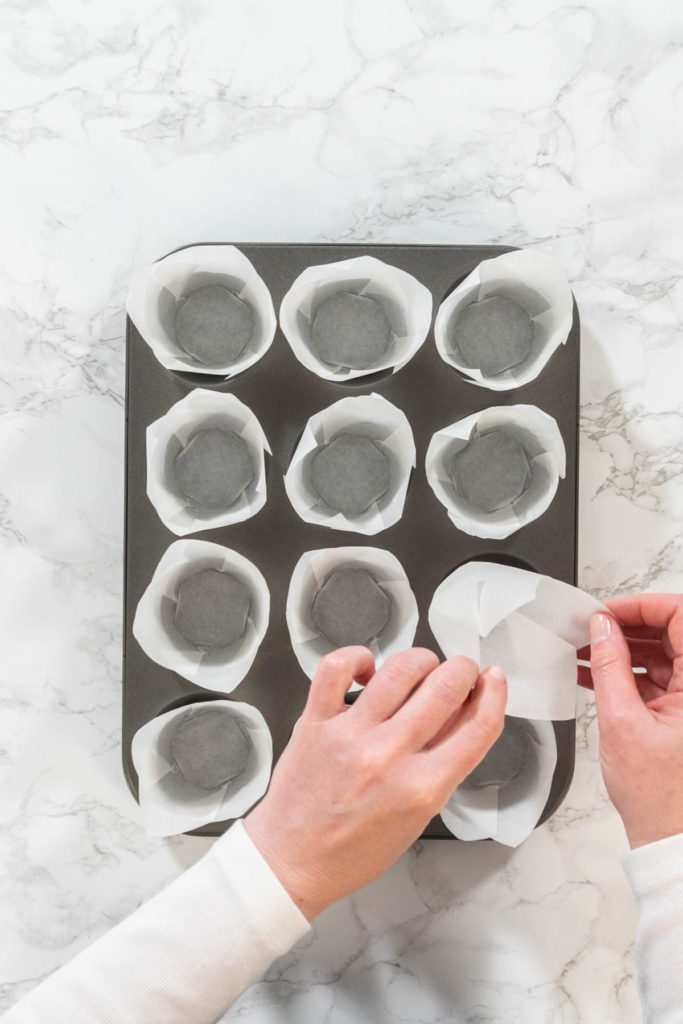
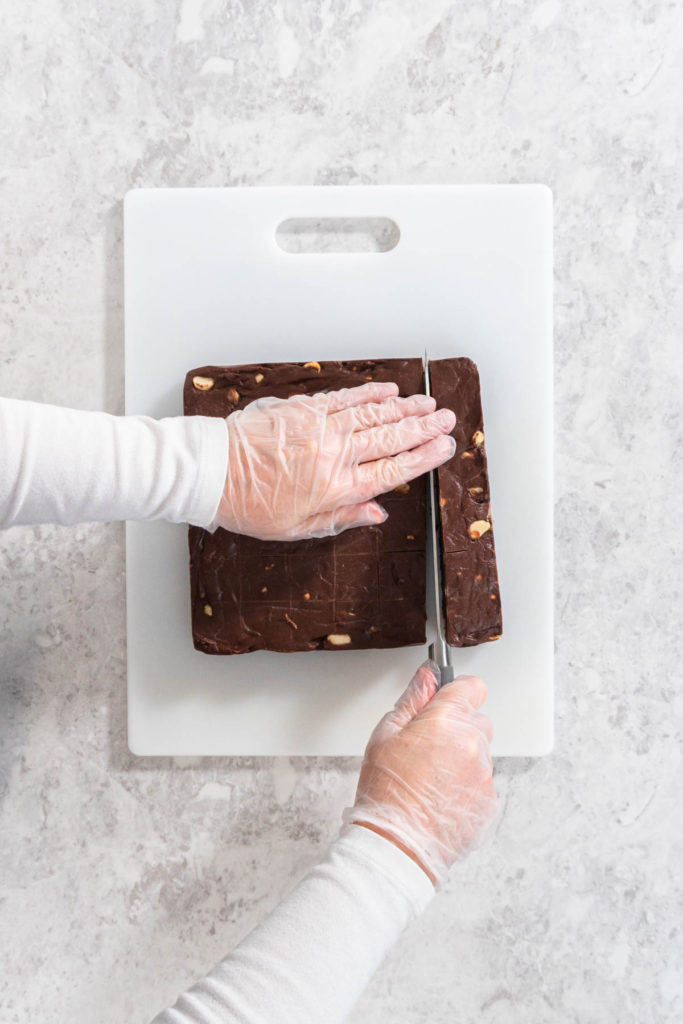

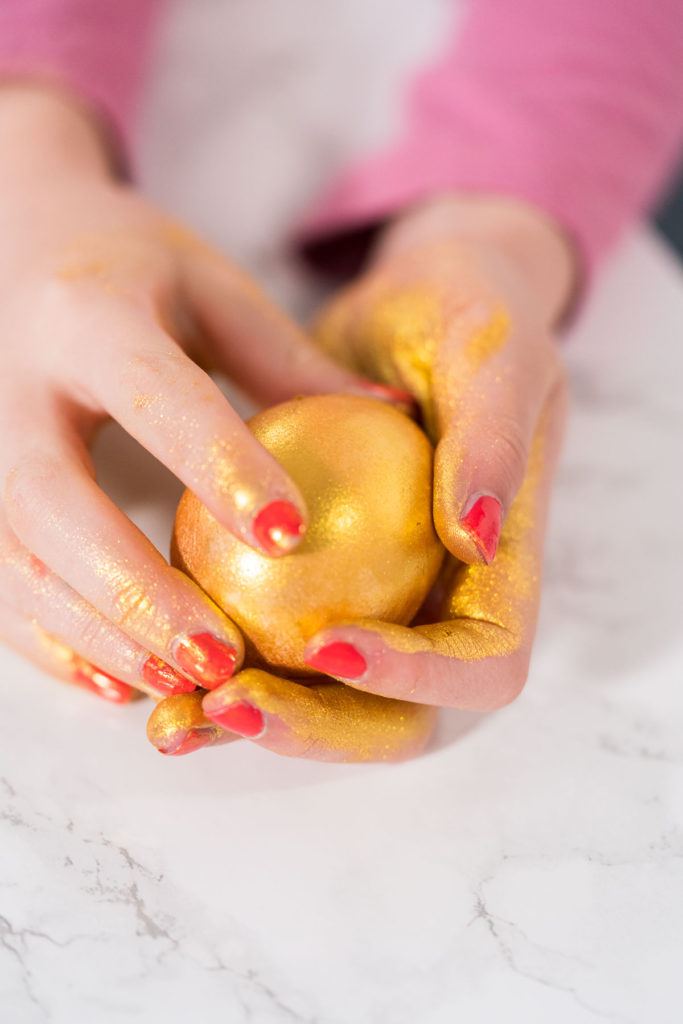
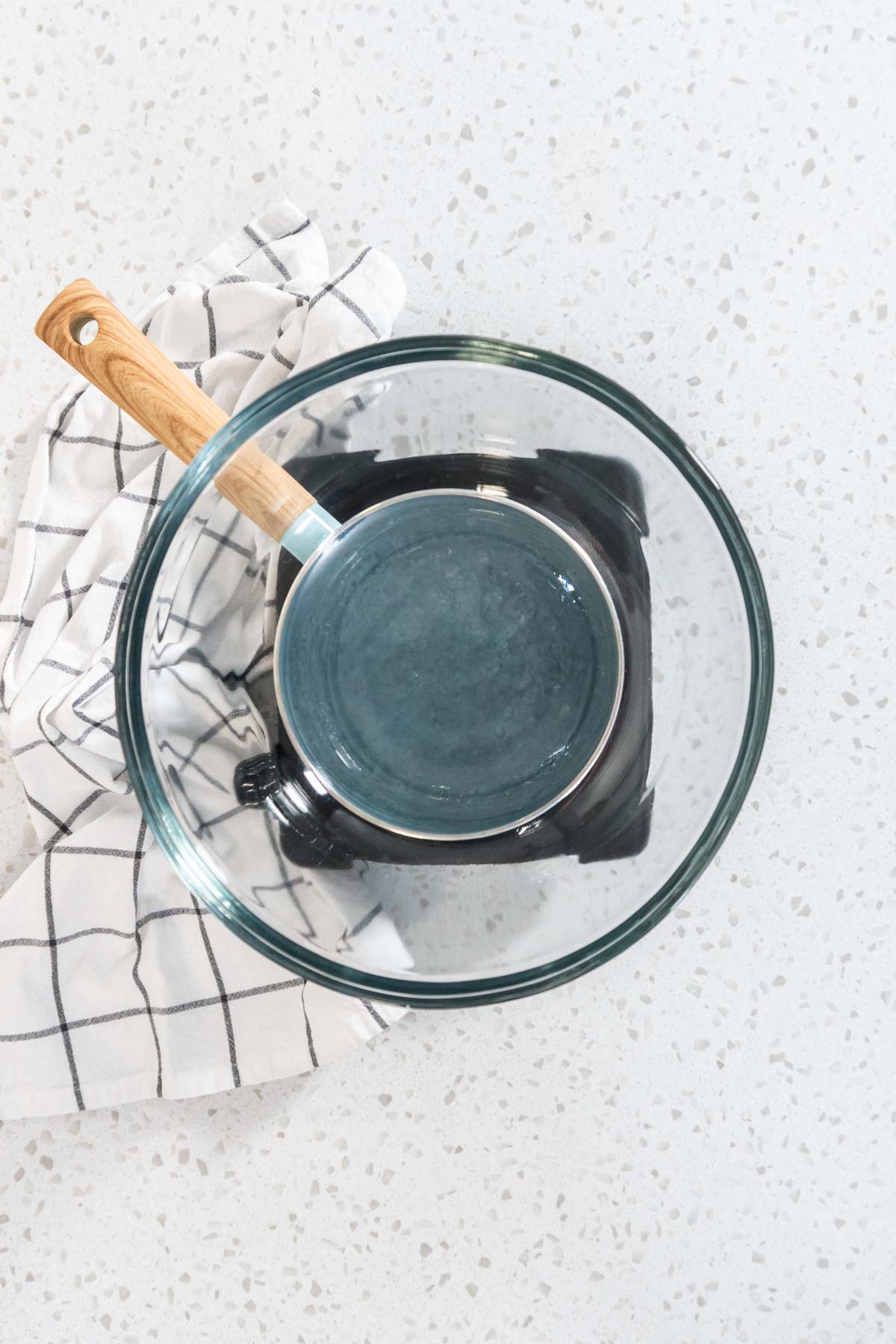

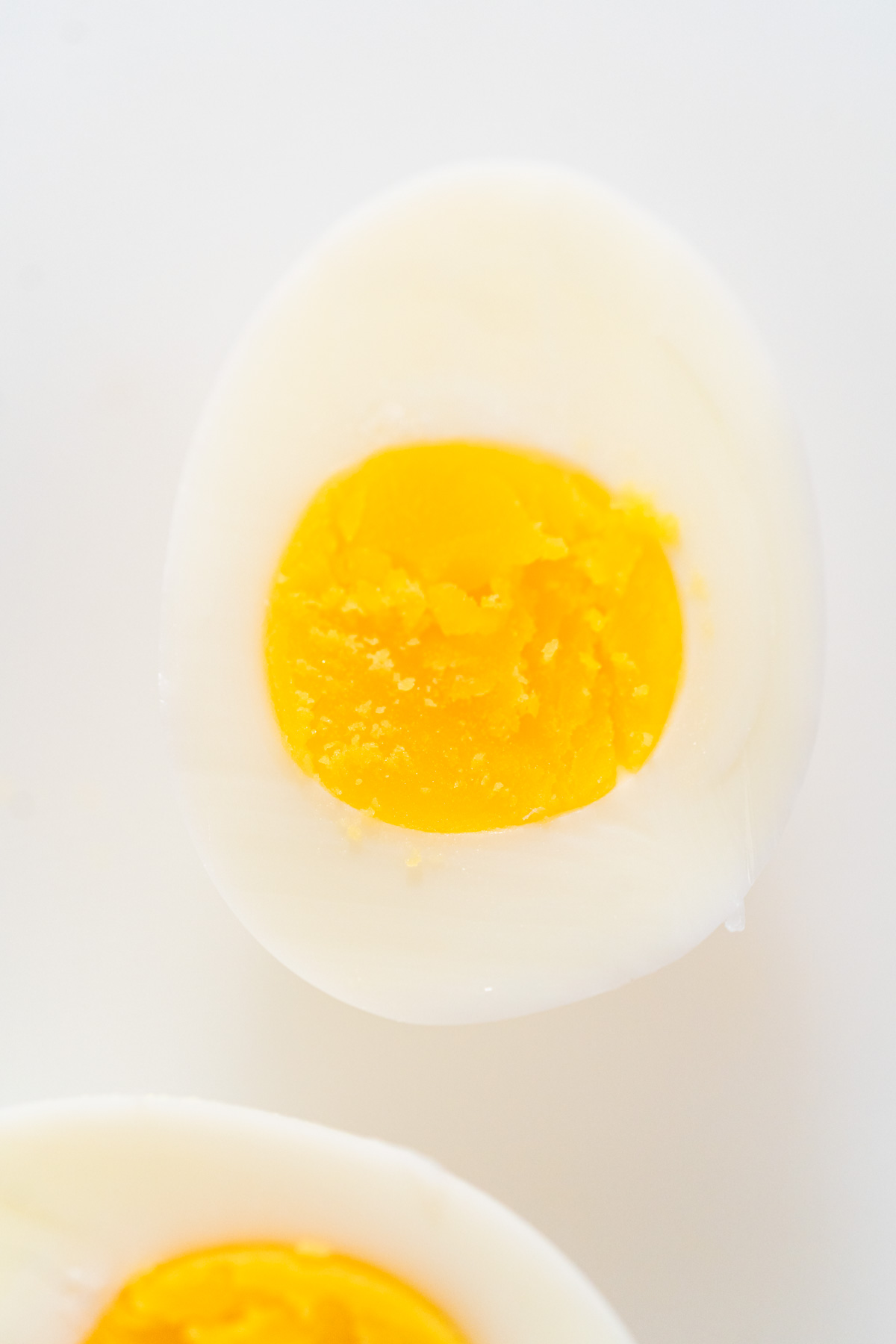


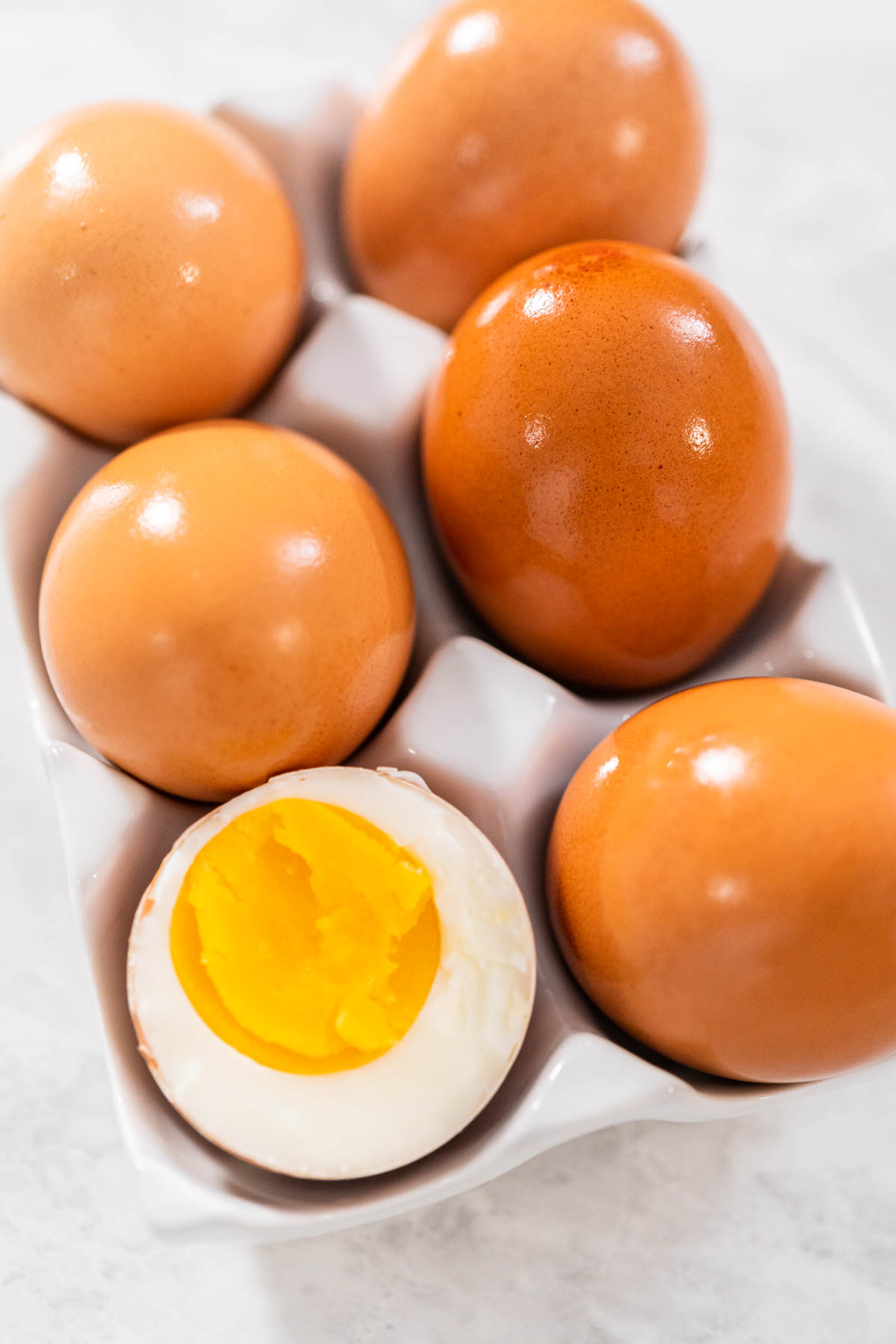
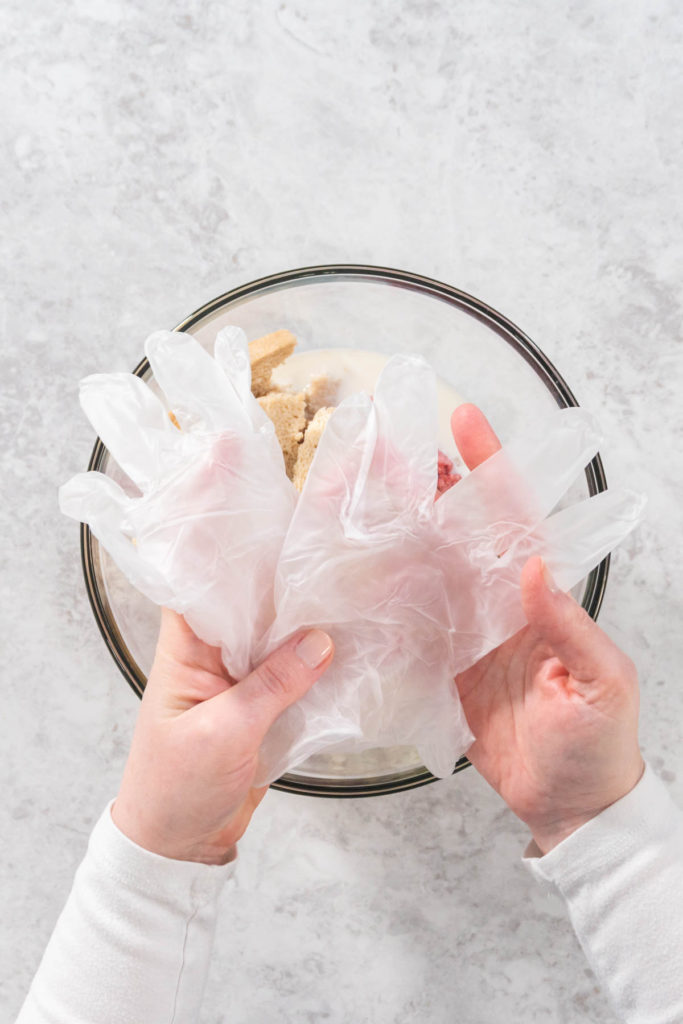
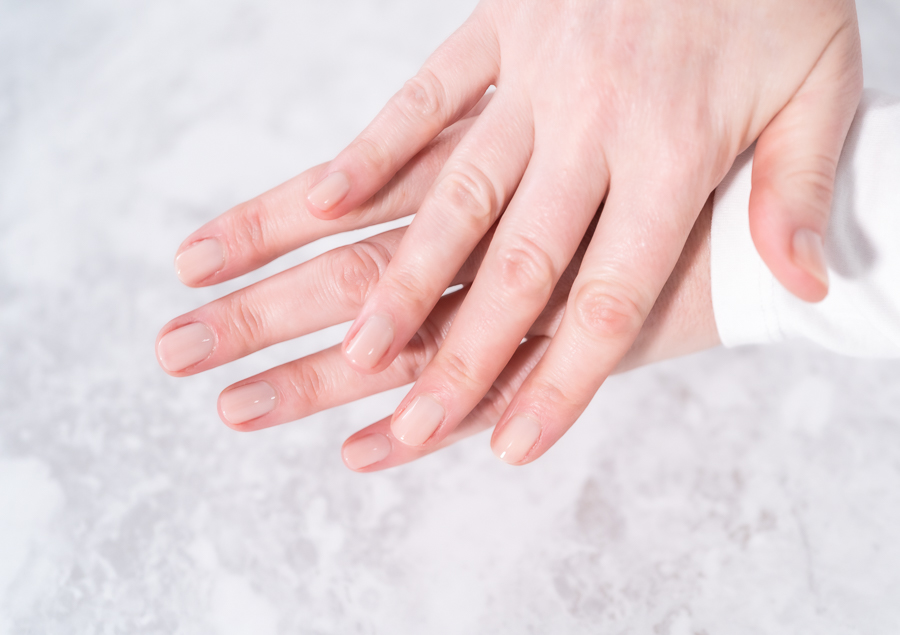
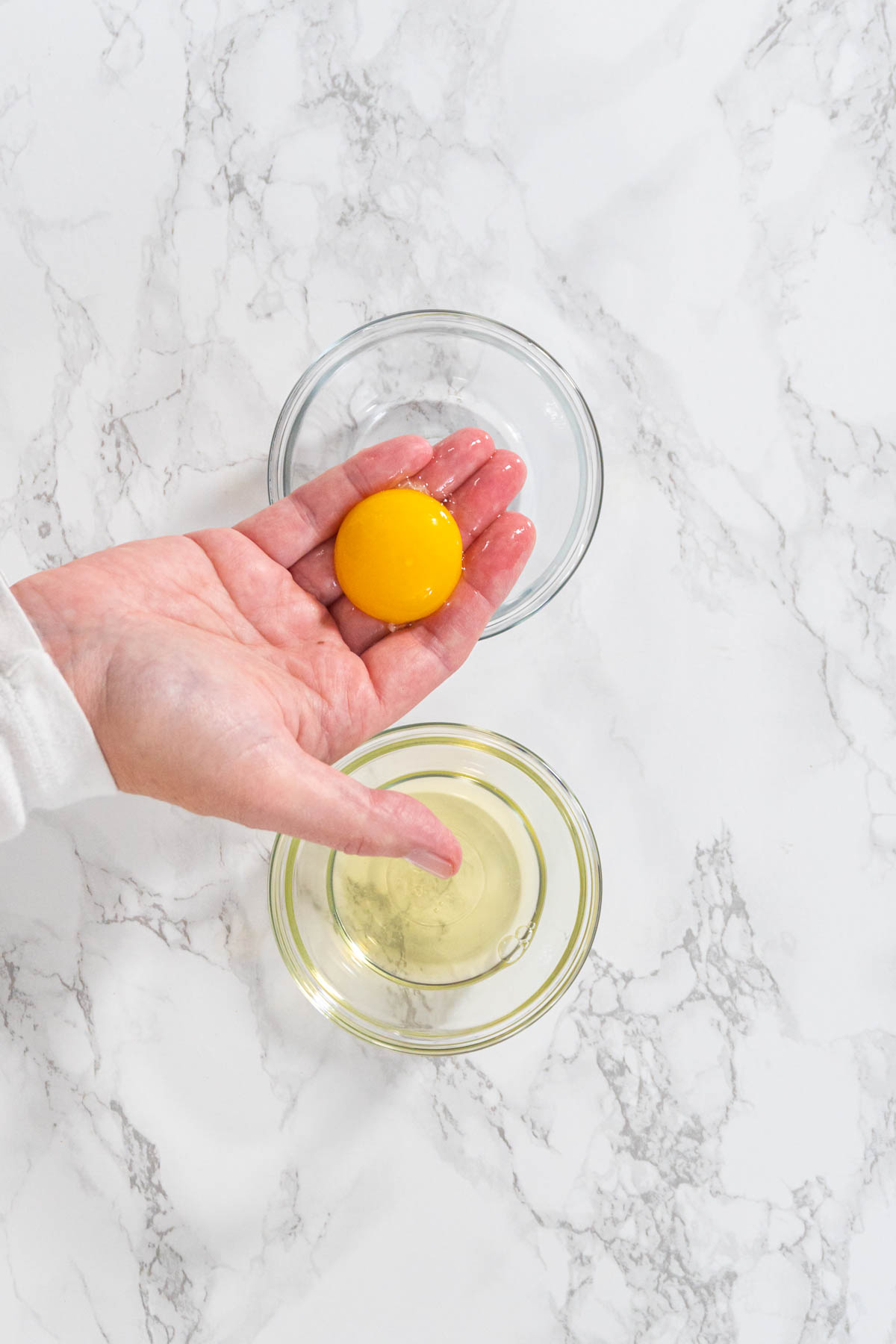
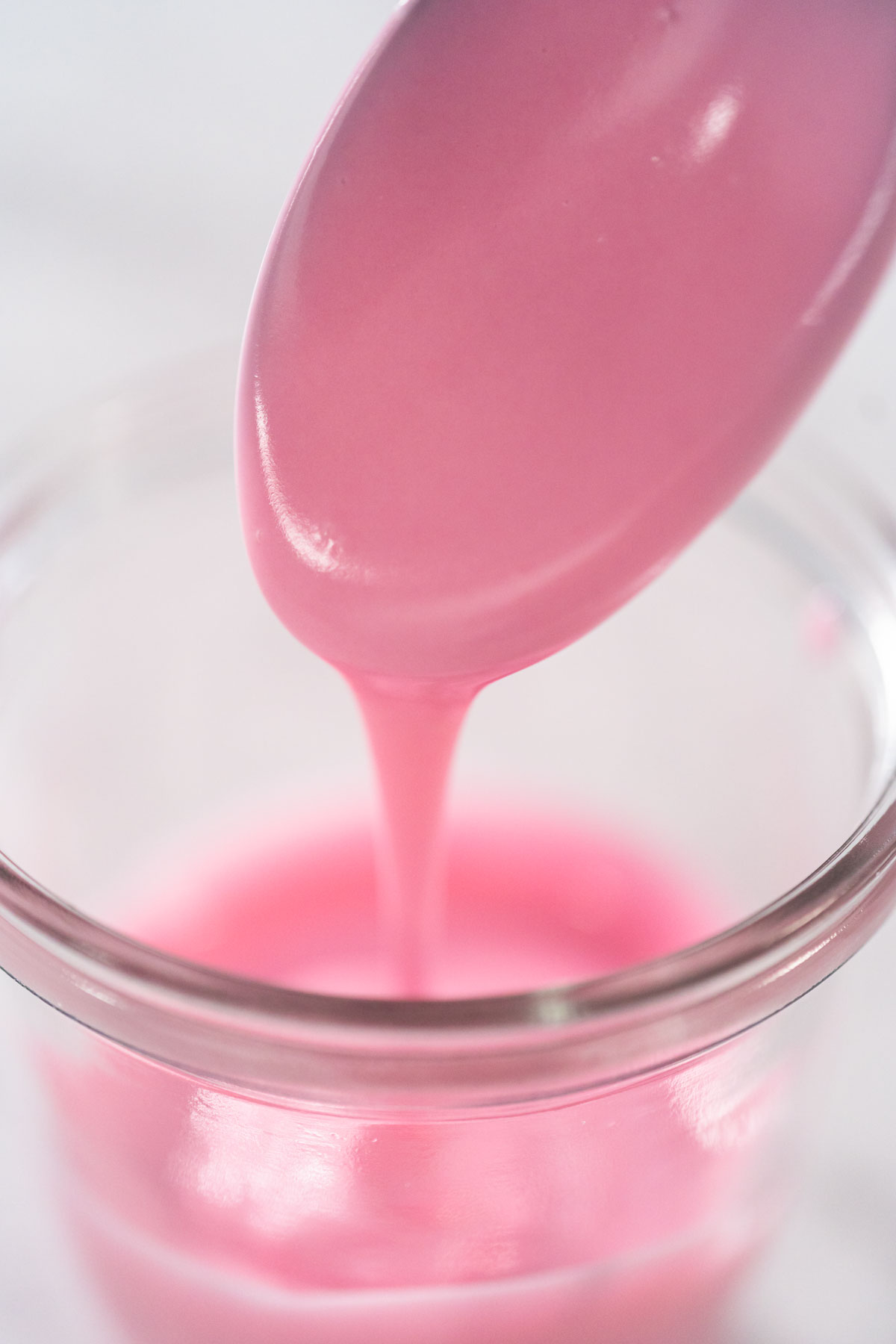

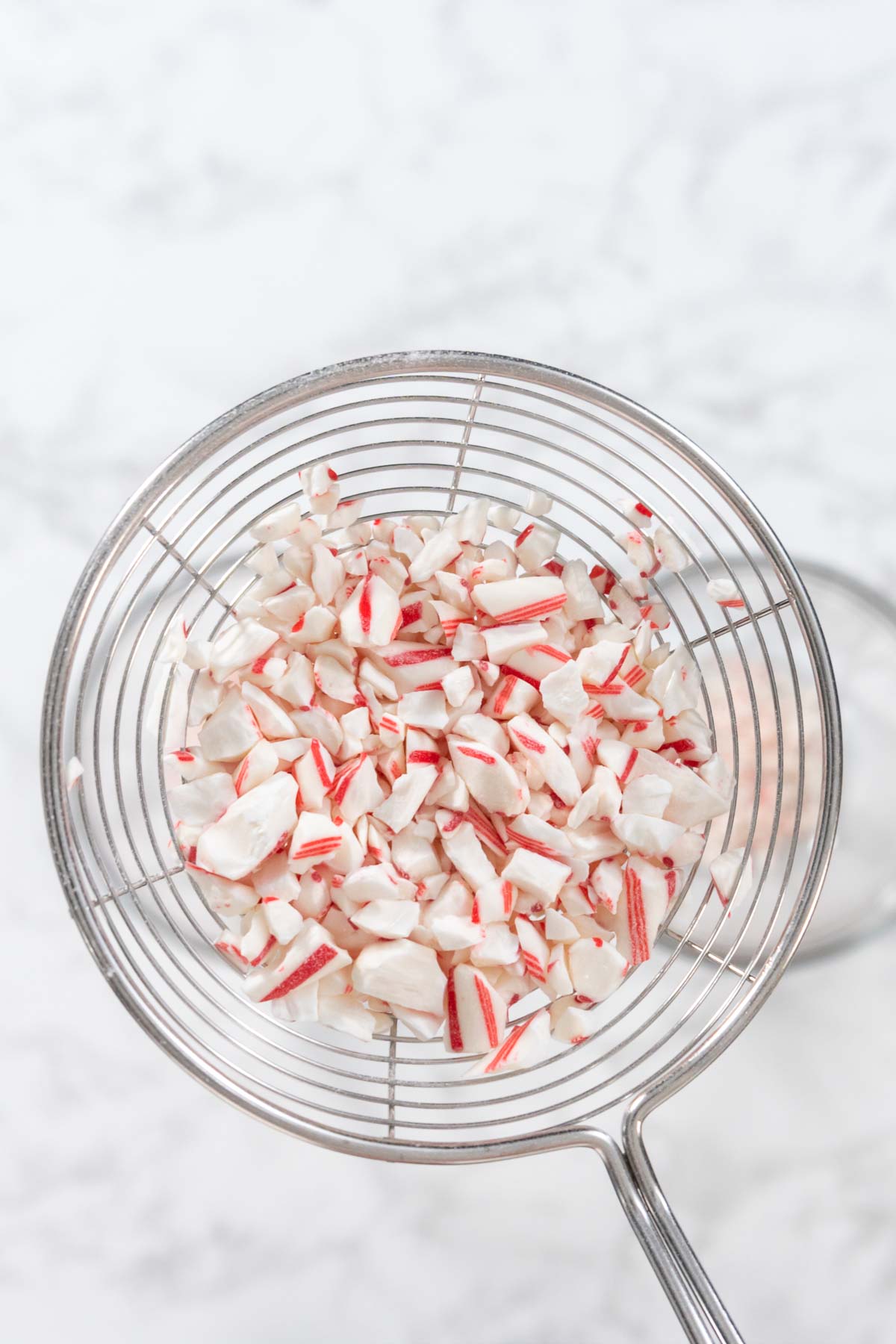


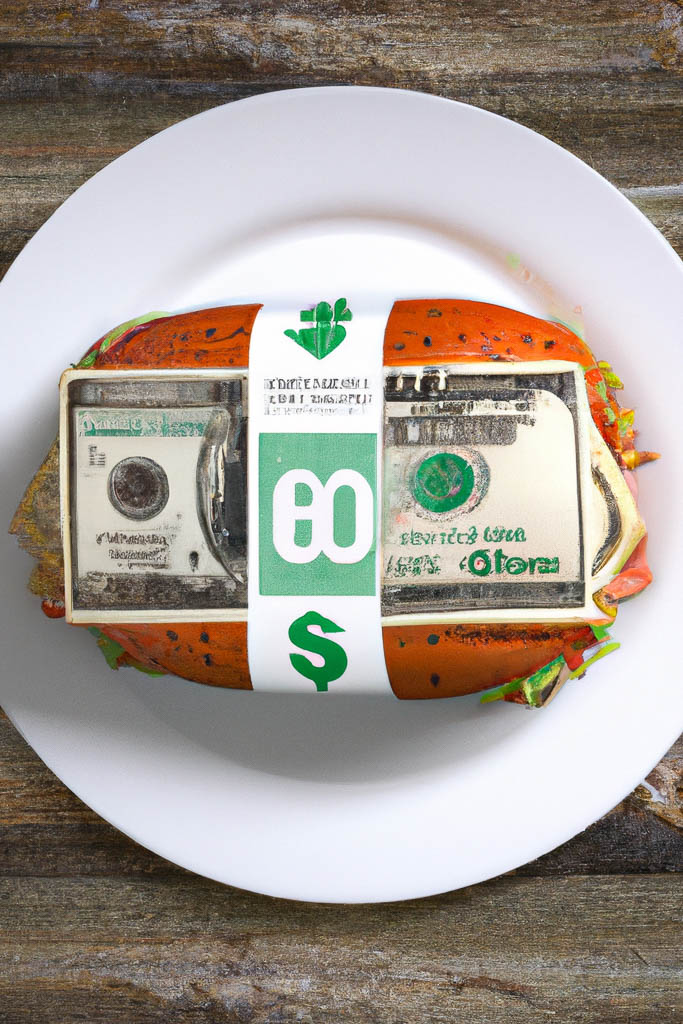
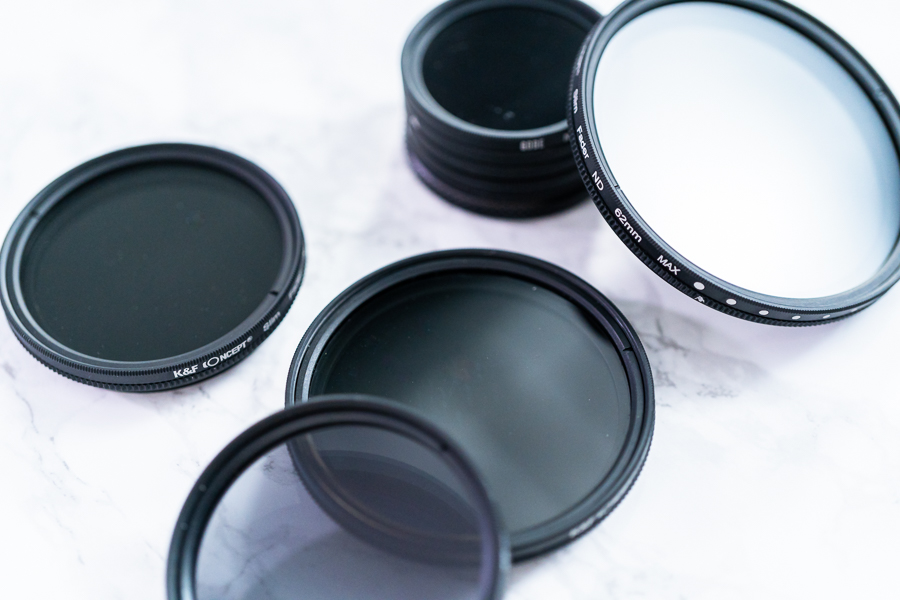
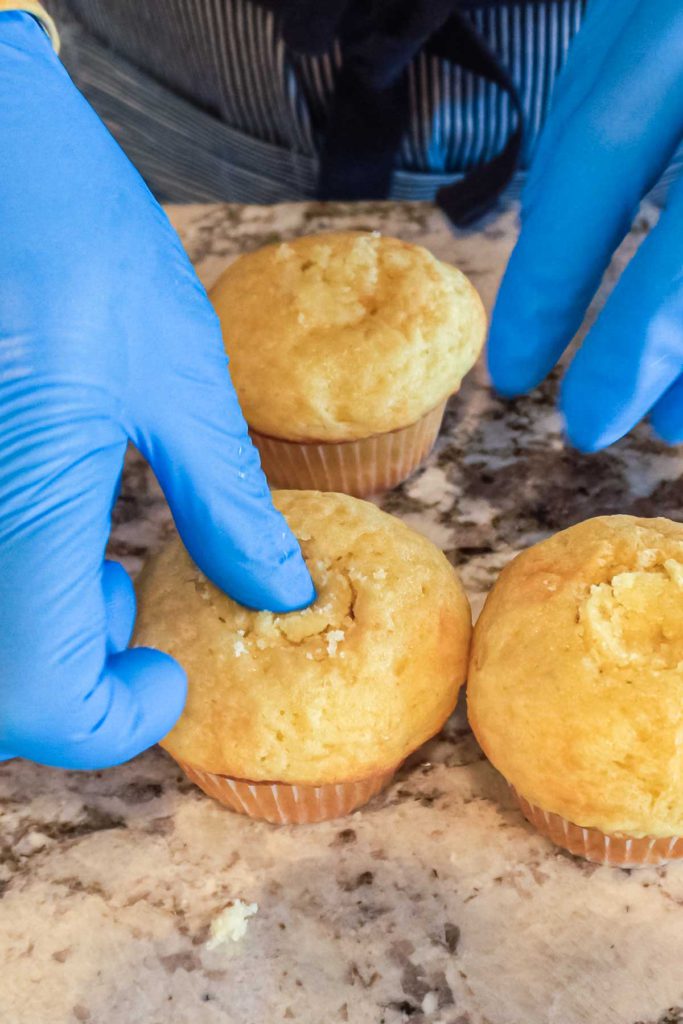
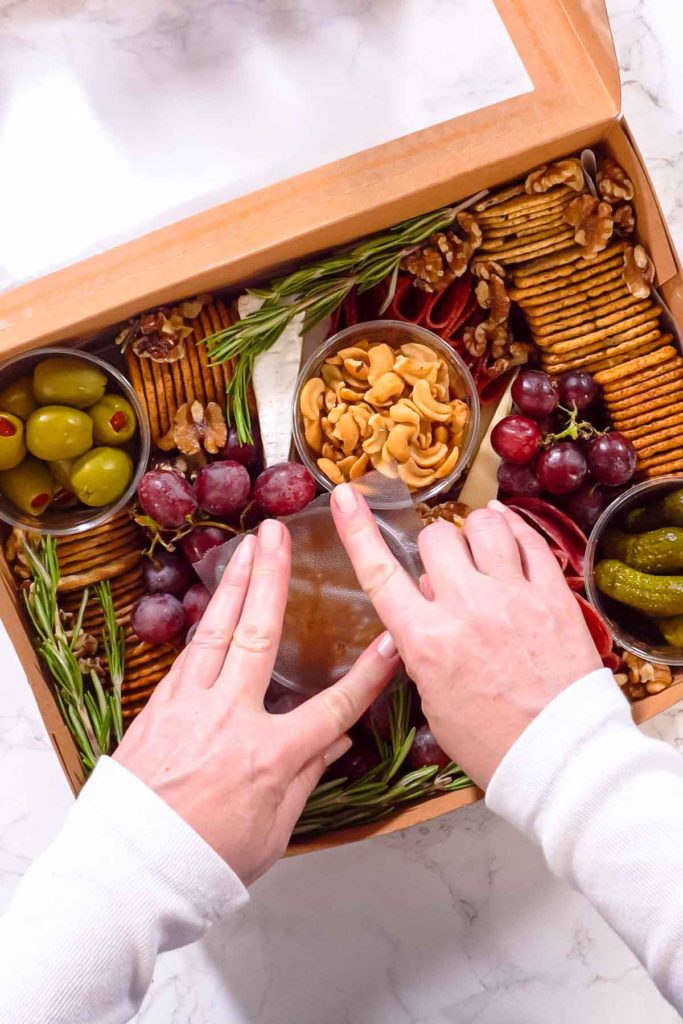
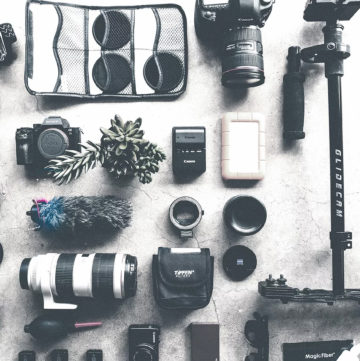
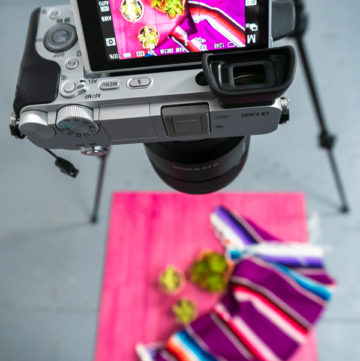






Leave a Reply